The San Francisco Museum of Modern Art (SFMOMA) opens the exclusive West Coast presentation of the critically acclaimed exhibition, Andy Warhol—From A to B and Back Again on Saturday, May 19. The exhibition will run through September 2, 2019. Spanning the artist’s 40-year career and featuring more than 300 works on three different floors of the museum, the exhibition includes paintings, drawings, graphics, photographs, films, television shows as well as a personal time capsule of ephemera. The retrospective features examples of the artist’s most iconic pieces in addition to lesser-known abstract paintings from later in his career. Uncannily relevant in today’s image-driven world, Andy Warhol—From A to B and Back Again provides new insight into Andy Warhol himself by examining the complexities of this enigmatic artist more than 30 years after his death in 1987. The show’s title is taken from Warhol’s 1975 book, The Philosophy of Andy Warhol (From A to B and Back Again), a memoir featuring the artist’s musings on fame, love, beauty, class, money and other key themes that frequently appear in his work.
“He’s a complicated figure and a complicated artist,” said Gary Garrels, Elise S. Haas Senior Curator of Painting and Sculpture at SFMOMA. “His inner emotions, his psychic self were not his subject matter. Warhol is constantly labeled a Pop artist, but all that happened within three or four years and then he moved on and the work goes quite dark and explores questions of gender and sexual identity, fame, subcultures. At the time of his death, the consensus was that Warhol was no longer relevant. But the last major retrospective in 1989 was a wake-up call: this is an artist we have to reckon with.”
THE EXHIBITION
Andy Warhol—From A to B and Back Again is presented on three floors of SFMOMA: two, four and five.
On the museum’s second floor, two galleries of works on paper offer a detailed look at Warhol’s earliest drawings from the 1940s and hand-drawn commercial illustrations created for advertising in the 1950s. These early drawings lay the groundwork for many of the techniques and approaches he would use throughout his career. This portion of the exhibition includes delicate, gilded collages and sketches of shoes for the I. Miller Shoe Company, and illustrations for publications such as Glamour Magazine and The New York Times, as well as personal, little known drawings, often with homoerotic subjects.
On fourth-floor of SFMOMA special exhibition galleries, the exhibition takes visitors chronologically through the arc of Warhol’s career and his production in painting, drawing, photography, film and installation. The first half of the exhibition opens with his best known work from the creatively active period of 1960–68, with his earliest paintings such as Dick Tracy (1961) and Superman (1961), followed by the groundbreaking, iconic Pop Art paintings, Green Coca-Cola Bottles (1962), 192 One Dollar Bills (1962) and the sculpture, Brillo Boxes (1969, version of 1964 original). The exhibition then highlights Warhol’s depictions of celebrities, including Elvis, Elizabeth Taylor and Jacqueline Kennedy. In a dedicated black box gallery adjacent to the early Pop Art work, samples of Warhol’s films and videos are on view including his series of Screen Tests featuring Ethel Scull, Edie Sedgwick and Billy Name (1964–65).
Subjects take a darker turn in Warhol’s Death and Disaster paintings (1963–64) memorializing car crashes, the electric chair and a benign yet sinister can of tuna fish contaminated with botulism. An eye-popping gallery filled with 16 colorful Flower paintings (1964) will be installed on top of Warhol’s Cow Wallpaper (1966) for a bold immersive experience. Visitors will have a chance to experience Silver Clouds, Warhol’s sculptural installation of shiny Mylar balloons created in 1966, the point at which he declared himself to be done with painting.
Warhol’s work of the 1970s and 1980s focuses on post-Pop artwork, which Garrels observes are “very unknown to most people.” In these galleries Warhol shifts his focus with a massive portrait of Chairman Mao (1972), followed by a gallery featuring photographs and paintings of trans women and drag queens from the 1970s, which provide a look into Warhol’s fascination with the elusiveness and complexity of gender and identity. A separate suite of photographic self-portraits of Warhol in drag provides a different view into the artist’s carefully cultivated persona. A large single gallery is dedicated to Warhol’s grand experiments with abstract painting, featuring a gold Shadow painting (1978) and two large-scale Rorschach paintings (1984). Warhol’s influence on the young artists of the East Village in the 1980s is highlighted through collaborative works created with Jean-Michel Basquiat and Keith Haring. Also on display is an unpacked personal time capsule, one of 610 created over the course of the artist’s life.
A gallery in the museum’s fifth floor Pop, Minimal and Figurative Art presentation feature a 1970s “facebook” of wall-to-wall grids of large-scale silk-screened portraits representing a “who’s who” of celebrities, cultural icons, gallerists, athletes and business leaders from the late 1960s to the mid- 1980s. This gallery features over 40 portraits such as Halston (1975), Dominique de Menil (1969), Liza Minnelli (1978), Pelé (1977), Leo Castelli (1975), Nan Kempner (1973), Gianni Versace (1979–80), Robert Mapplethorpe (1983 ) and Dolly Parton (1985), as well as the artist’s mother, Julia Warhola (1974). For the subject, a Warhol portrait provided social validation and an immediate status symbol; for Warhol these commissions were a consistent revenue stream that supported his studio and desire to explore other more personal ventures. Warhol’s television shows and videos are on display in the adjacent city gallery on this floor.
May 19 through September 2, 2019: Open Sunday–Tuesday and Friday 10 a.m.–5 p.m., Thursday and Saturday 10 a.m.–9 p.m. Closed Wednesday. sfmoma.org/groups






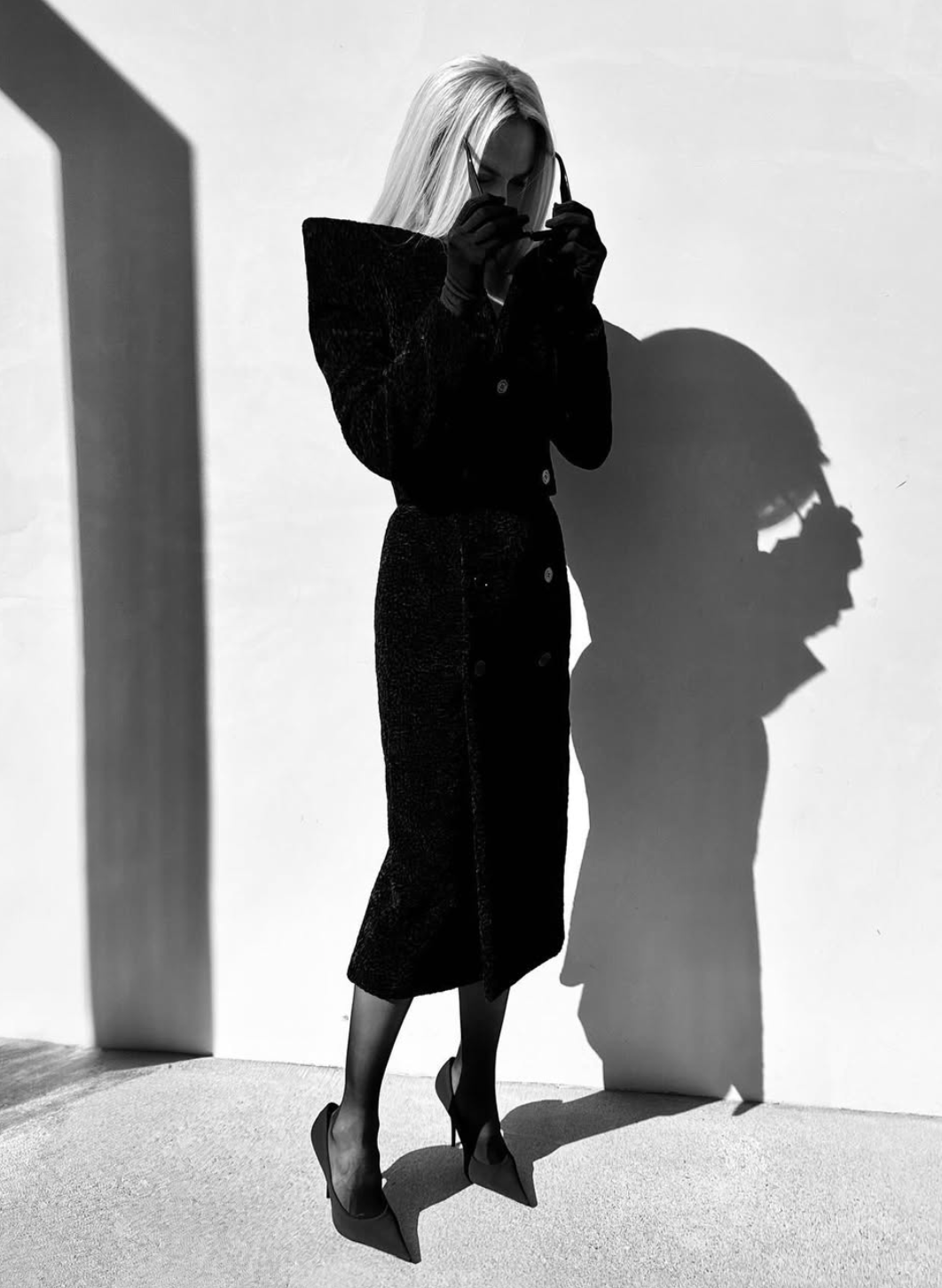







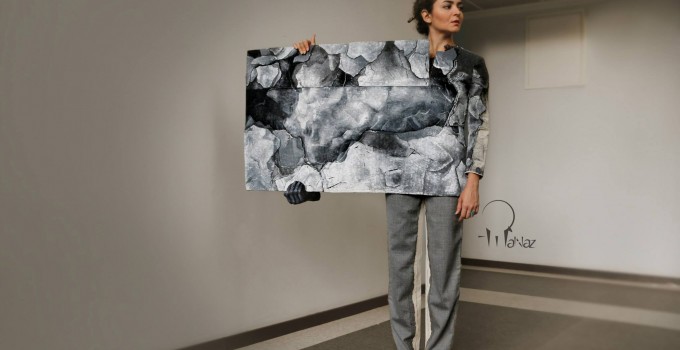
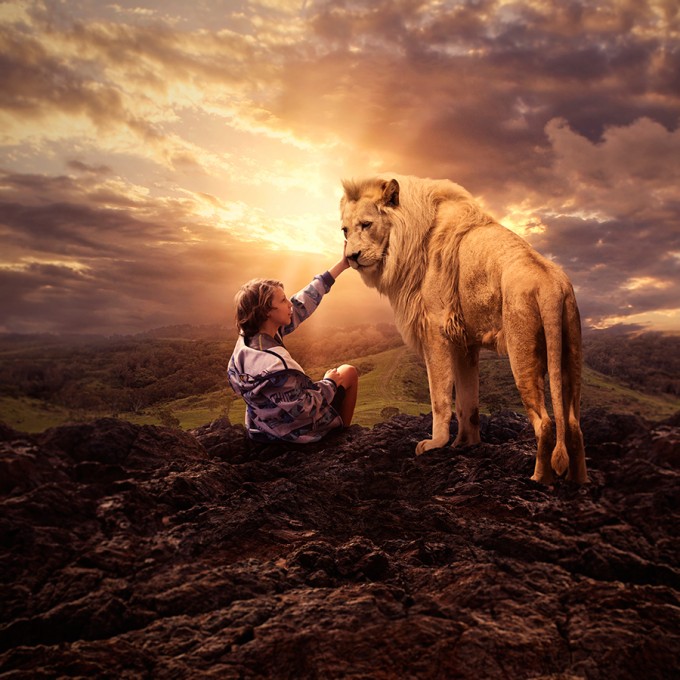

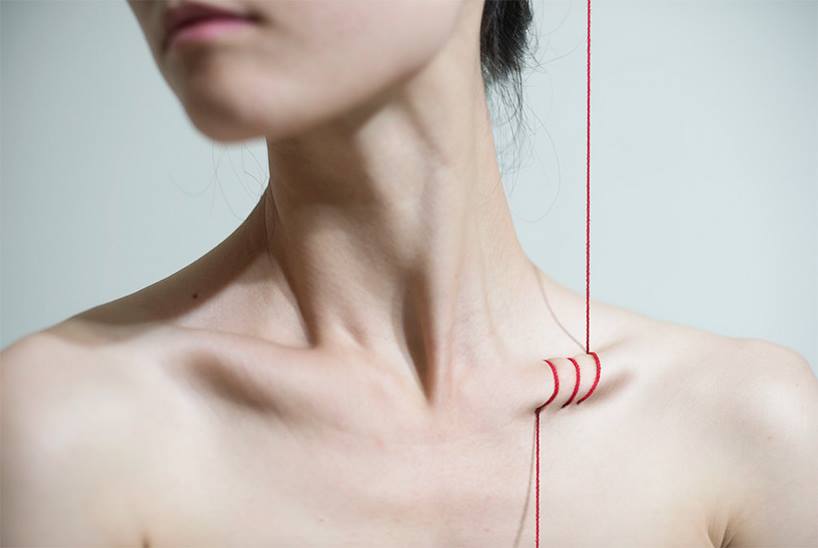
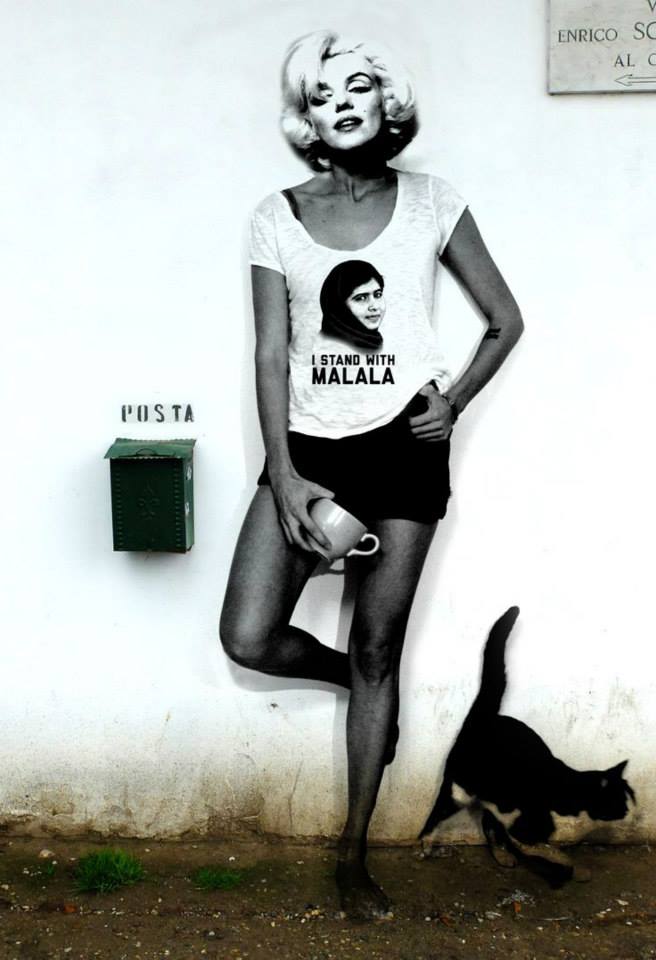


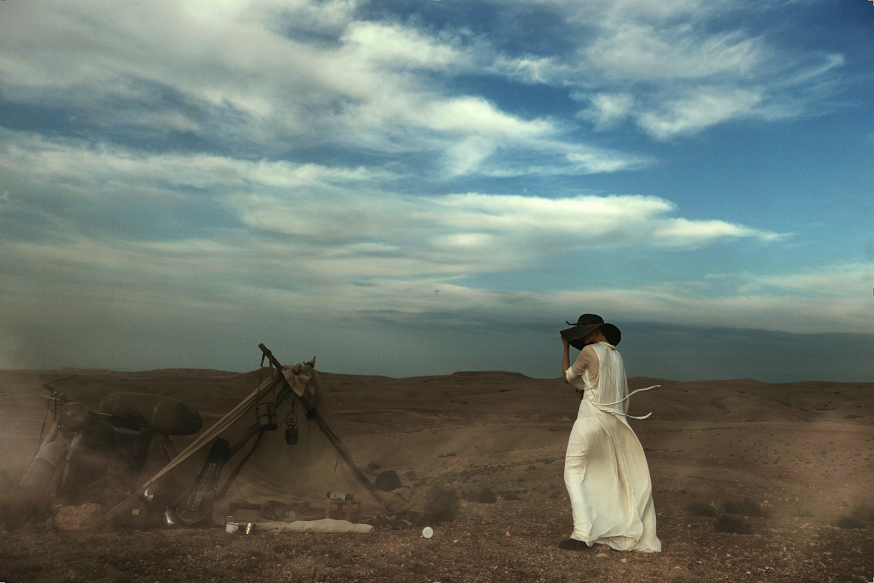

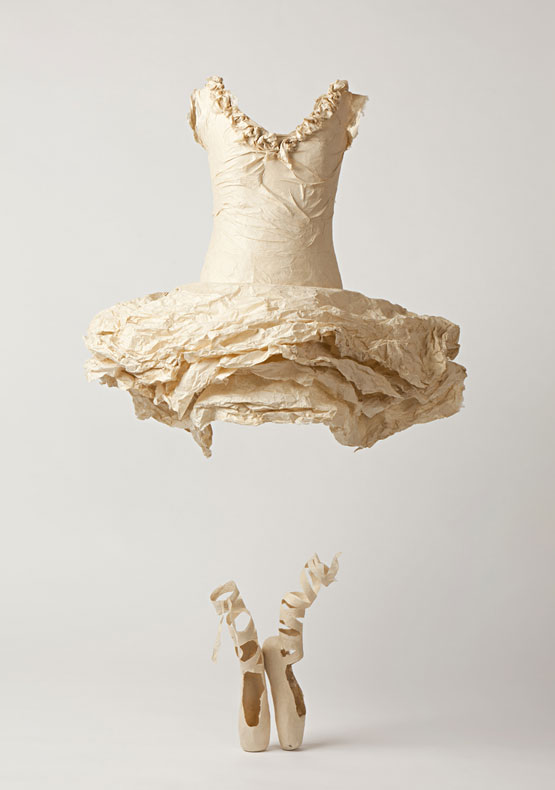

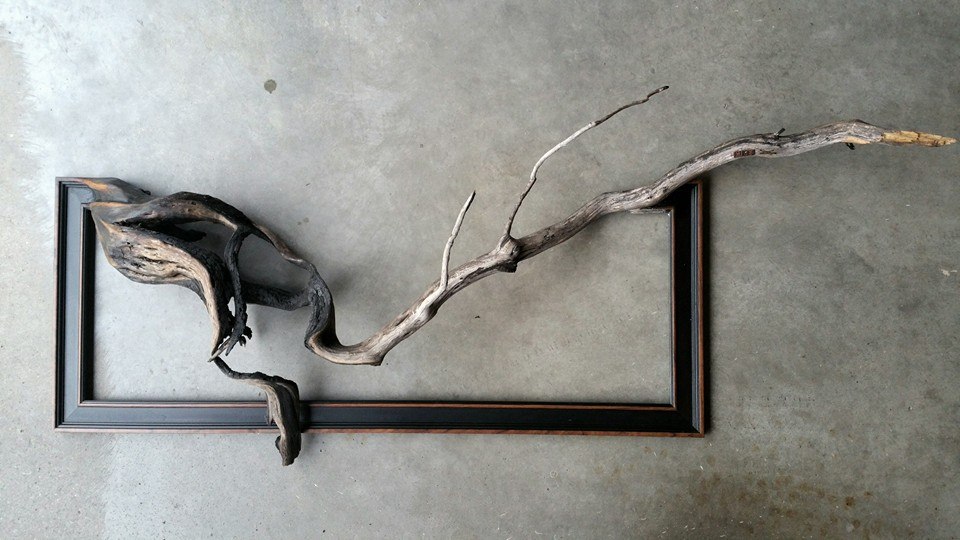
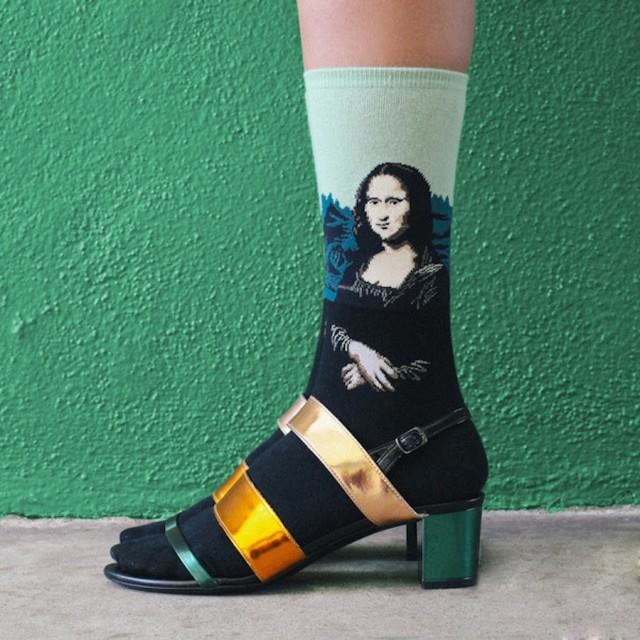




.